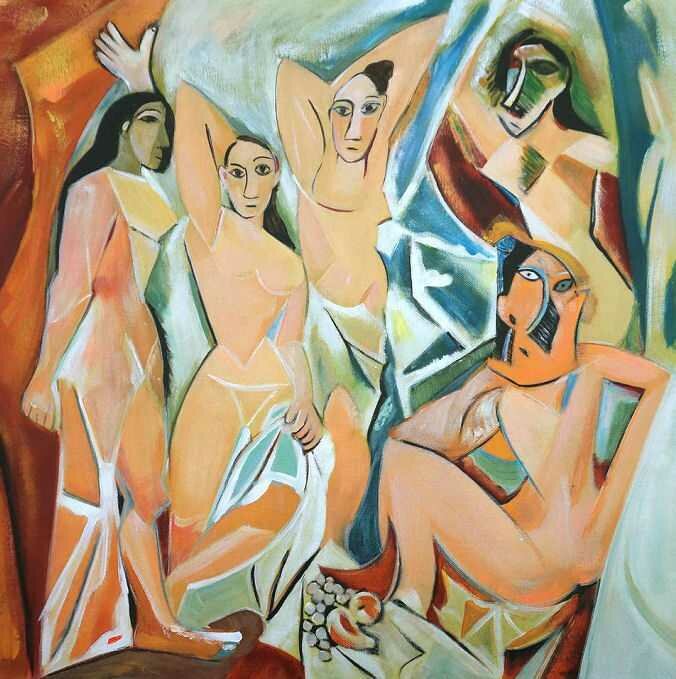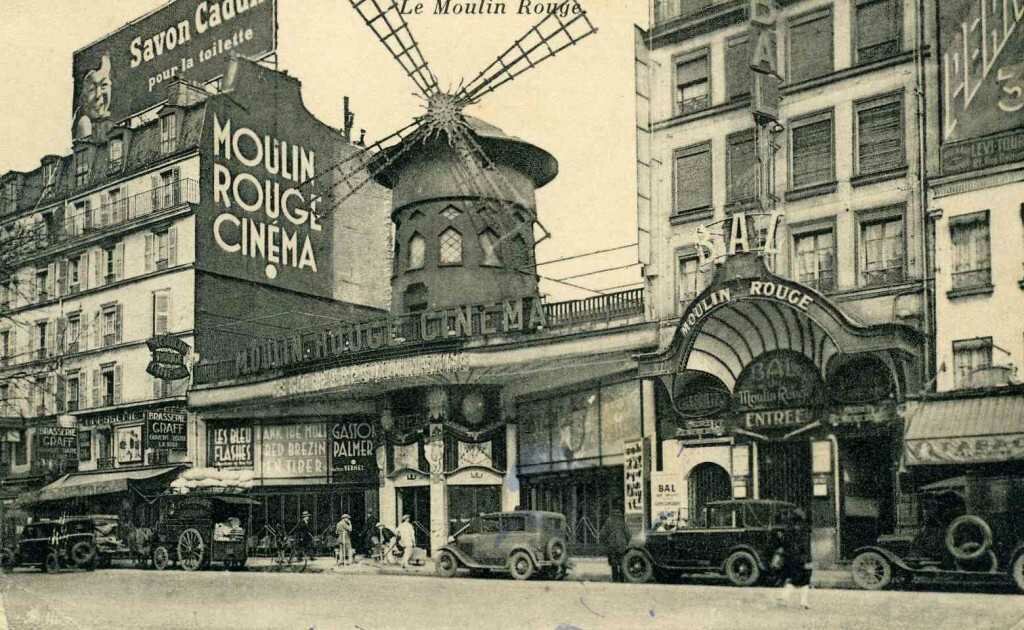
Paris at the beginning of the 20th century, was in the age of Dadaism and emerging Surrealism … Picasso, Modigliani, Matisse, Jarry. Famous painters and writers, their works, muse and models all made their mark with their madness, scandals and artistic provocations.
Montmartre is almost exclusively associated with art and bohemia. Since when? It is difficult to reach the beginnings of dust-covered history. Let us assume then that the artistic character of this hill was born of dust.
Before the administrative connection with Paris, Montmartre was a village of millers and quarries. Two windmills testify to this today. Of course, milling and masonry make for an environment filled with dust which leads to scratching in the throat which increases thirst, which is why Montmartre from time immemorial has been full of places allowing to extinguish it. Bars, pubs, of course, attract artists.

The first great painter living in Montmartre was Teodor Géricault. The painter of the “The Raft of the Medusa” hanging in the Louvre and in 1815, he moved to Martyres street. Géricault was a romantic. He liked horse rides around Montmartre, and he stayed for a rest in taverns. Perhaps that’s why one day he did not stay in the saddle and fell mortally hurt.
From Géricault’s time the list of painters associated with Montmartre is long. It was in one of the local cafes that Toulouse-Lautrec painted van Gogh.
It was here that Auguste Renoir worked for a long time, changing the apartments. In 1904 Pablo Picasso moved there. Here, in the fall of 1907, the image of “The Virgin of Avignon” was created, the flagship work of cubism.
“We all lived badly, but the fact that we lived was wonderful,” wrote Picasso’s French roommate André Salmon .
I wonder if any of today’s inhabitants of Montmartre will grow into a Picasso for the 21st century?
To learn more Join our Montmartre Walking Tour!